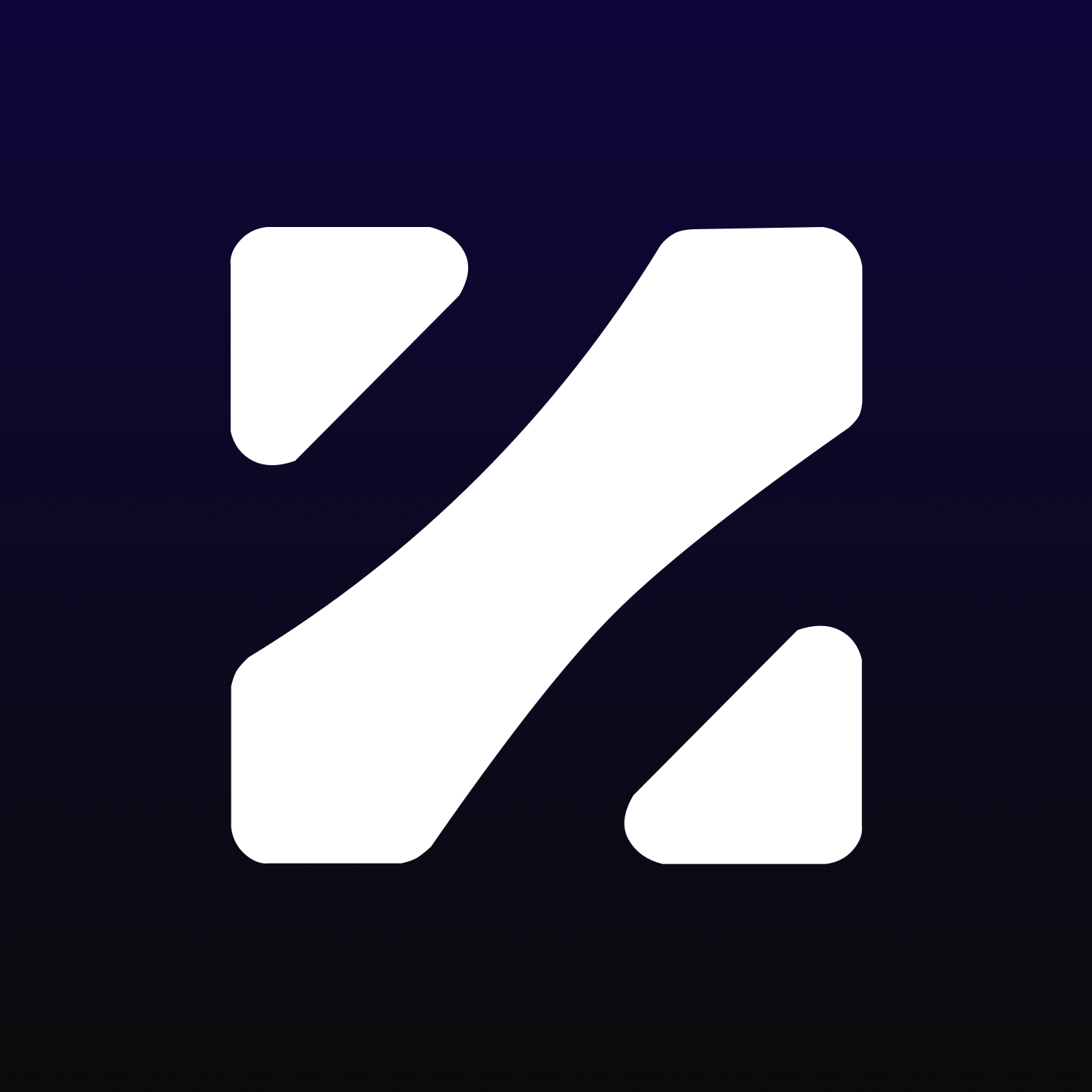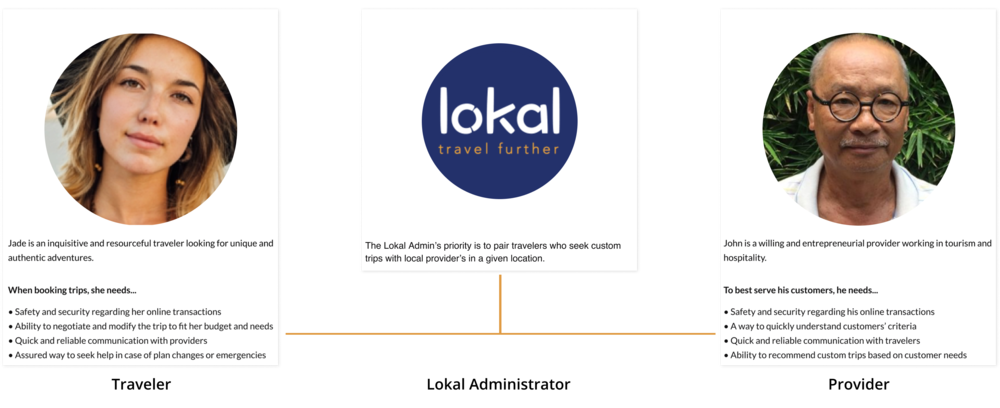Lokal
Lokal Travel is a marketplace for people to explore sustainable travel experiences with local providers. Lokal’s marketplace allows travelers to select experiences that are eco-friendly, economically stimulating, and and authentic. With aspirations to scale and serve a global market, Lokal was facing a challenge with how they were facilitating communication between travelers and local travel providers.
Role
I was an individual contributor on a small team of product designers. I had end-to-end responsibilities, including user research, sketching, low fidelity, and high fidelity.
Improve conversion rates of travelers who are undergoing the custom booking process and pair them with travel recommendations without them having to interact directly with a Lokal Administrator for support.
Goal
We delivered a concierge onboarding flow for custom trips, an integrated chat platform, and travel recommendation page for web and responsive mobile web. Designs will be implemented in November 2019.
Outcome
A manual booking process is reducing customer conversion.
Metrics
Conversion rates
After reviewing booking inquiries from 2018, 50-60% of travelers used pathways within Lokal’s marketplace that led to a manual booking process. A manual booking process is one in which a user relies on a Lokal administrator to customize the trip. An automatic booking process is one in which the user is satisfied with the default trip and can convert with a one-click purchase process.
Only 15% of travelers who start a manual booking process convert to paying customers.
A communication problem
In order for a traveler to plan a custom trip through Lokal, they needed to fill out a form with their requirements and wait for a Lokal Administrator to respond to their inquiry. The Administrator and Traveler alone would exchange 5-10 emails before the booking process even began.
Our research showed friction between Lokal, travelers, and providers.
Required administrator support
From matching traveler requirements with providers who met their specifications, a Lokal Administrator acting as their conduit is time consuming and inefficient for all parties involved. Approximately 85% of customers who begin a conversation with a Lokal Administrator do not convert.
Business pain
User interviews
It was important to understand where and why travelers were experiencing friction. After several user interviews with paying as well as churned customers, the booking decision came down to the speed at which they were able to receive information about their trip. Travelers often lost trust with providers if their response rate was slow and infrequent.
Auditing conversations
After auditing over 500 email correspondences between travelers and providers, we gathered common themes to inform our decision-making while designing the custom trip concierge flow and recommendations page.
Customer pain
Research takeaways
Traveler and provider requirements
Travelers: Didn’t feel like they had enough control of their custom booking process and that the process was labor-intensive and time-consuming.
Providers: Not only do many providers live in rural areas with limited access to email, they often don’t have enough upfront information about a traveler’s requirements in order to make an accurate travel recommendation. There was often a language barrier between both parties as well.
Designing a new concierge flow, recommendation engine, and trip customization.
Low fidelity
Custom Trip Concierge Flow
From our extensive email audit, we grouped frequently requested accommodations with basic travel information to provide accurate trip recommendations.
Custom Trip Recommendations
While brainstorming what information should be provided on the recommendation page, we analyzed the existing trip recommendations page and measured it against the feedback we learned during user interviews. We learned the following:
Experience recommendation cards do not have enough information for travelers to make an informed decision.
There is currently no way to speak directly with the provider who is hosting each experience.
Making an inquiry about the experience directs the traveler to the Lokal Administrator.
Chat experience
From customer and provider interviews, it was clear that travelers were eager to speak directly with providers before making a purchase decision. Providers told us that they wanted the ability to view and update travel details and provide recommendations.
High Fidelity
Custom trip concierge flow
These are the first 4 (of 12) screens that we designed to streamline the custom trip on-boarding flow. Due to the length, it was important to display progress and include conversational text to minimize cognitive load and boredom.
Trip recommendations
I formatted the recommendation card to inform travelers of included amenities, key trip highlights, and the ability to either book directly or request further customization of a specific experience.
Chat experience & trip customization
The chat experience allows providers to view ongoing conversations with travelers and the ability to customize travel details within the experience. Whether travelers are booking with specific providers from Lokal’s marketplace or undergoing the custom booking experience, all details are updated in Trip Details.
Updating and cataloging trip details
We learned during user interviews that it was important for travelers and providers to have access to all trip details as the conversation evolves. Navigating email threads to understand these details was a huge friction point for both parties.
Traveler details become updated once changes have been made on the Provider’s side.
Key learnings
Technological constraints
Since many of the travel providers live in rural areas, it was important to consider accessibility while designing. Additionally, many travel providers work entirely off of their mobile devices, and do not communicate using SMS messaging. This informed our decision to keep messaging and travel details within the web app.
Looking back
Looking ahead
Validation testing after launch
With a launch date of November 2019, and due to time and budget constraints, additional validation will be done immediately after launch to measure conversion rates for customers who request custom bookings. Although validation testing with new users proved very successful, the true test of our designs will come post-launch.












